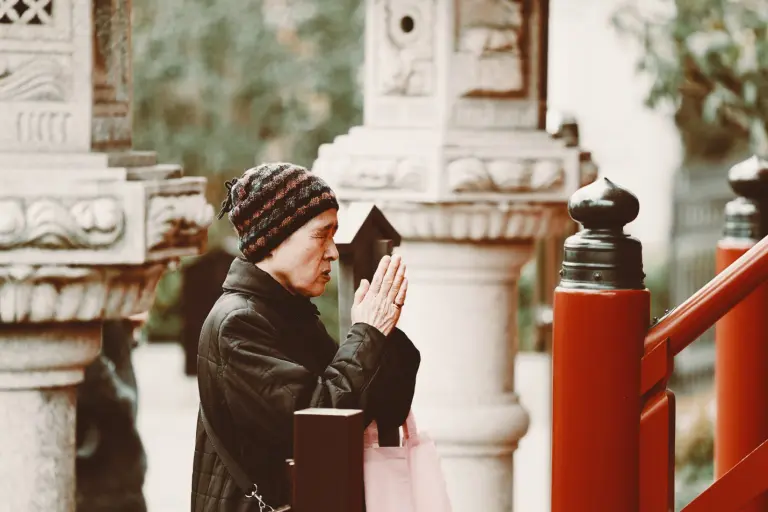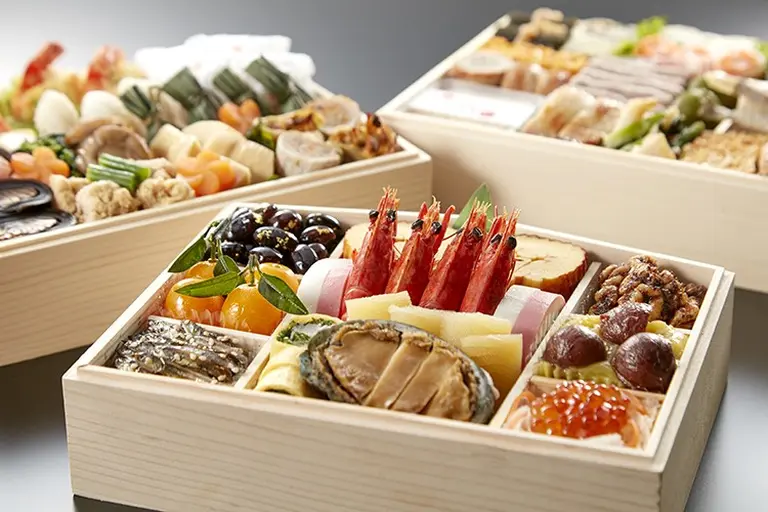Aruka Shrine is one of the oldest shrines in Sagami Prefecture, Japan, and is known for its unique ritual involving a priest who wears a giant green onion–shaped hat that reaches 2 meters in length.
Recently, Aruka Shrine in Ebina City, Japan, has gained nationwide fame for this so-called “green onion ritual.” Negi, the head priest of the shrine, has been performing the ritual for about four years. However, it wasn’t until last year, when images of the priest wearing the strange hat spread widely on social media, that it began drawing major attention.
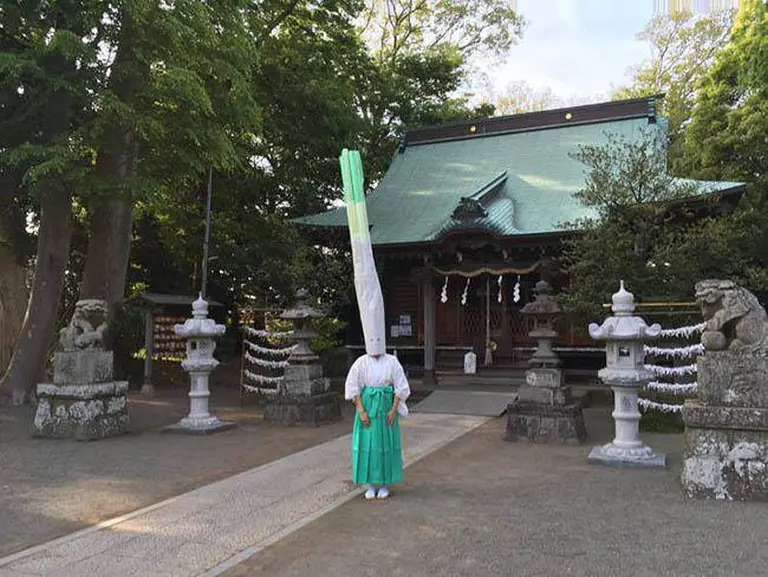
>> Self-Mummification: The sacred journey beyond death you’ve never heard of
This ritual is unusual compared to standard practices in Japan, yet it has an entertaining and fascinating charm. The priest dresses in a green skirt, white robe, and a mask that doubles as the onion hat. He then bows and crawls through a small circular ring wrapped with ropes.
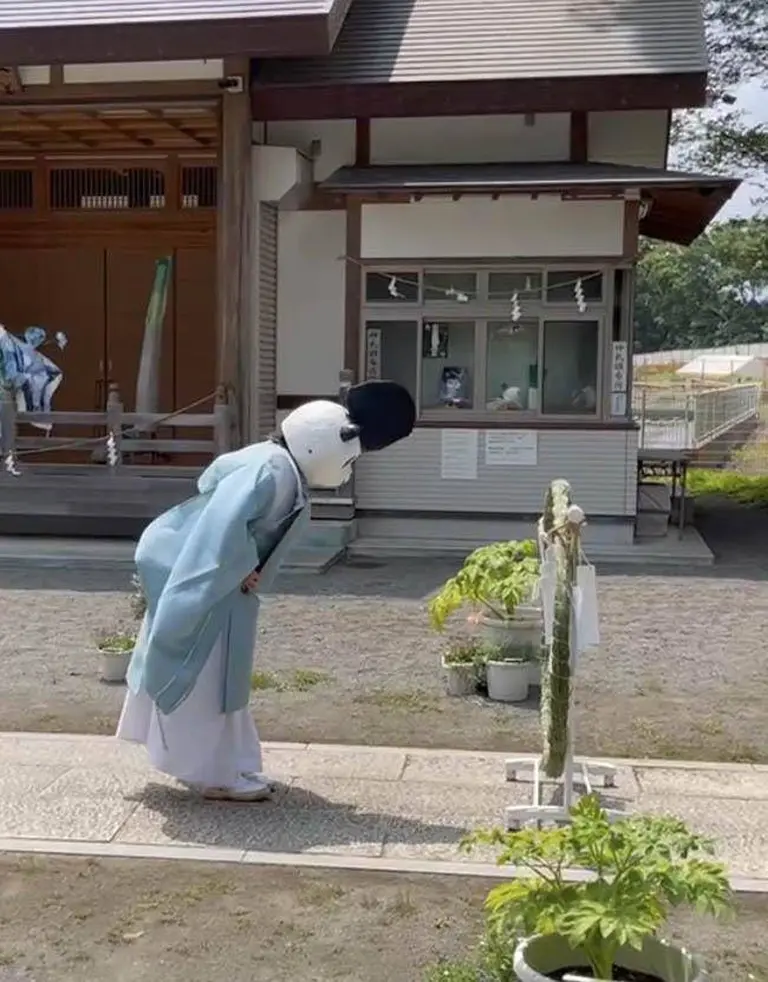
The inspiration for the ritual came from the head priest’s desire to ease rigid perceptions of religion. A few years ago, Miwako Kojima, 49, wore a panda head costume and appeared as “Panda Myiaji,” a cute character designed to attract more visitors to Aruka Shrine. In 2017, Kojima came up with a new idea. Since the priest’s name “Negi” sounds like the Japanese word for “green onion,” he decided to create a new character and ritual. That’s how the onion ritual was born.
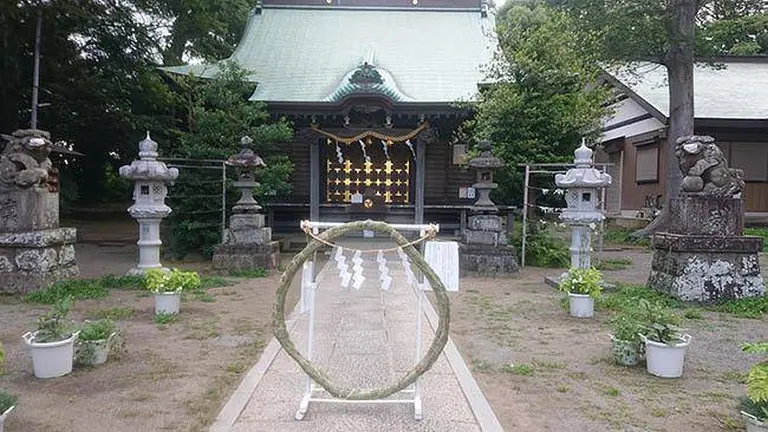
The hat itself is made of layered white cardboard held together with tape. It is not ideal for indoor ceremonies because passing through doorways is extremely difficult. Therefore, the ritual is always held outdoors. During the performance, the priest crawls through a circular ring as a symbolic prayer for peace and protection against natural disasters.
>> The Japanese shrine that built a tiny water temple just for Bees
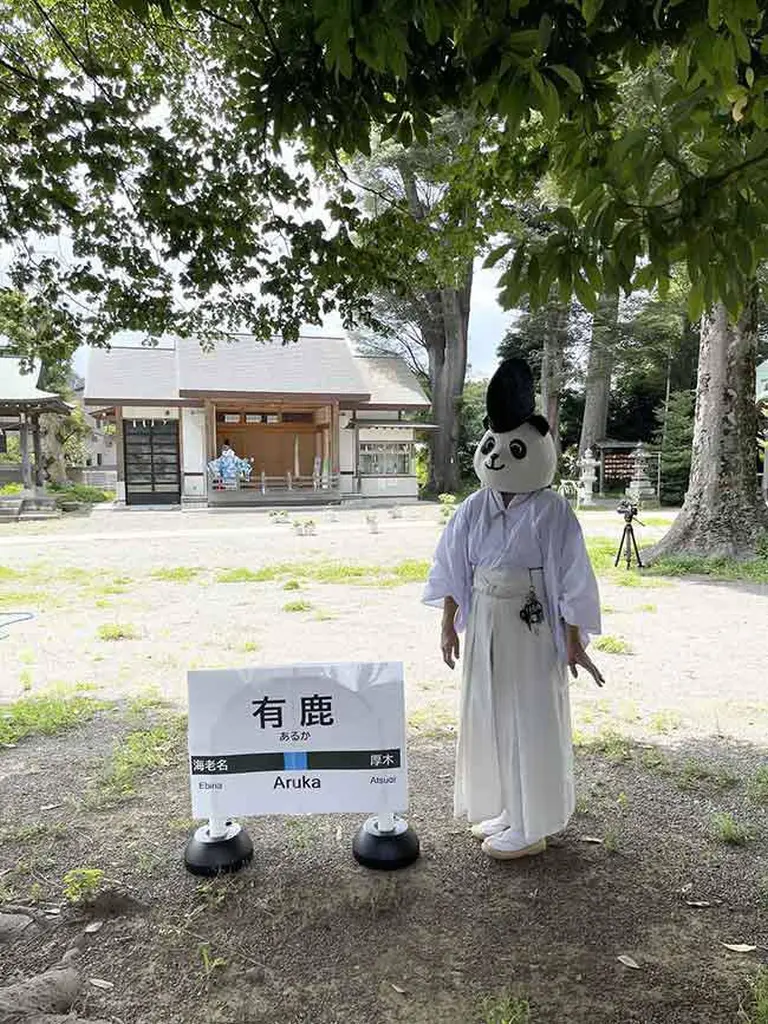
The popularity of this ritual has inspired other priests at the shrine to create their own onion hats. Today, visitors to Aruka Shrine can witness not only this unusual ceremony but also various other eccentric rituals and dances, making it a truly unique cultural experience.
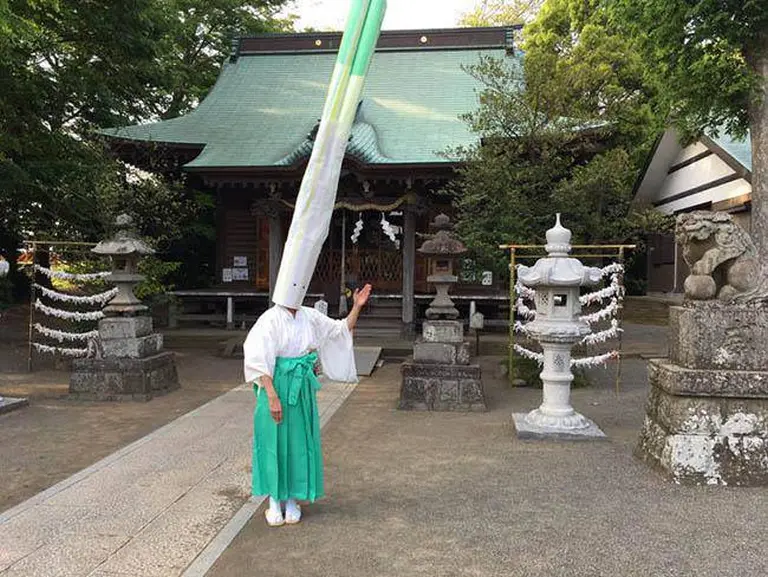
For visitors, Aruka Shrine is not only a place of spiritual significance but also a destination where tradition meets playful imagination. Whether you come out of curiosity or to experience local culture firsthand, witnessing the onion ritual is a reminder of how Japanese shrines continue to evolve in creative ways while still preserving their deeper meaning.
>> The mysterious ‘Musical Pillars’ of an ancient Indian temple that play music when struck





